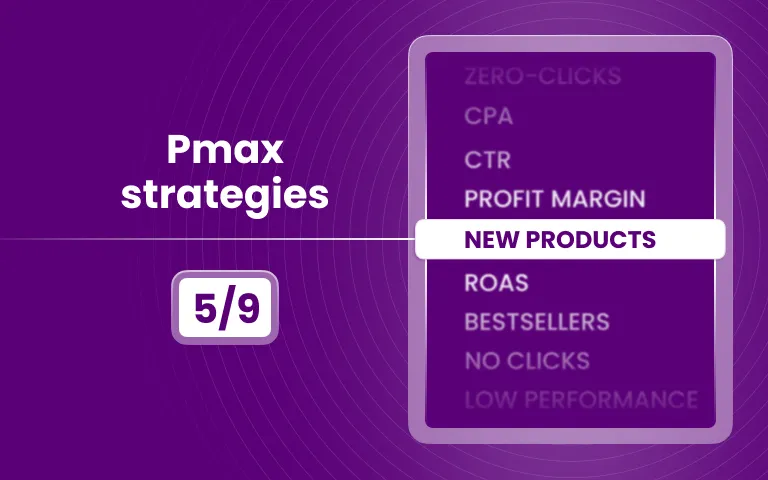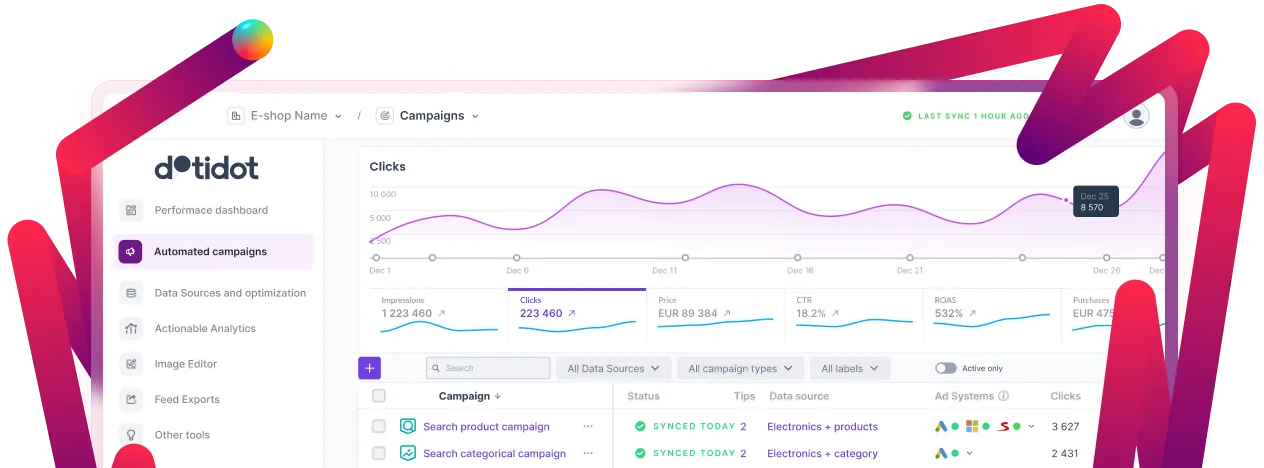Book a call with us







It all comes down to algorithms. They prioritize products with existing data and strong performance, making it difficult for new products to gain traction in a mixed campaign. As a result, newer items are often overlooked in favor of established bestsellers.
By creating a separate campaign, you ensure that the algorithm consistently selects your new products since the entire budget is allocated exclusively to them. Then, once these products gain data and historical performance, they can transition to your main campaigns with a much higher chance of being prioritized.
There is no universal definition of how long a product is considered “new.” It depends on several factors, including:
As you can see, there is no fixed rule for how long a product is considered "new." It depends on your business needs. However, from our experience, most brands consider a product new for 7 (but for big brands only), 14 or 30 days. After this time, you should move the product to your main campaigns to help it perform better.
We generally do not recommend splitting your new products into multiple asset groups. While there may be exceptions, most brands do not have enough products to justify a detailed breakdown. Additionally, algorithms tend to perform better with a single asset group containing 50 products rather than splitting them into 30 category-based asset groups, some of which may remain empty.
Instead, follow these best practices:
This process is quite simple since Dotidot handles the key step automatically for you.
In your data source, under the Product Overview section, you'll find a metric called "first_seen_on." This metric is automatically generated by Dotidot the moment the system detects a product for the first time.

In our example, we consider products new until they are more than 14 days old.
What you need to do is to decide for how long your products are considered as new. Then we need to create a condition that filters them out based on the first_seen_on metric.

The setup is quite simple for anyone familiar with Google Ads. The only remaining question is your bidding strategy. We recommend using the Target ROAS strategy, but the target should be set much lower since these products won’t have the opportunity to reach the standard goal yet.
In the main campaigns, we aim for a 300–500% ROAS. However, for the new product campaign, a 200% ROAS is sufficient. The primary goal here is to ensure the product gets visibility rather than being excluded because the algorithm finds other products that can more easily meet the higher ROAS target.
TIP: If you're unsure how to continue, check out our Knowledge Base for a basic Performance Max setup guide.
Since your new products need a dedicated space, and the goal is to transition them to standard campaigns with some historical data, you must exclude them from your main campaigns. Once they are no longer considered new, they will automatically appear in your main campaigns.

Keep repeating this process until new products are removed from all product sets used in other campaigns.
That’s it! This is probably the quickest campaign setup in Dotidot, yet it can significantly impact your overall PPC performance.
